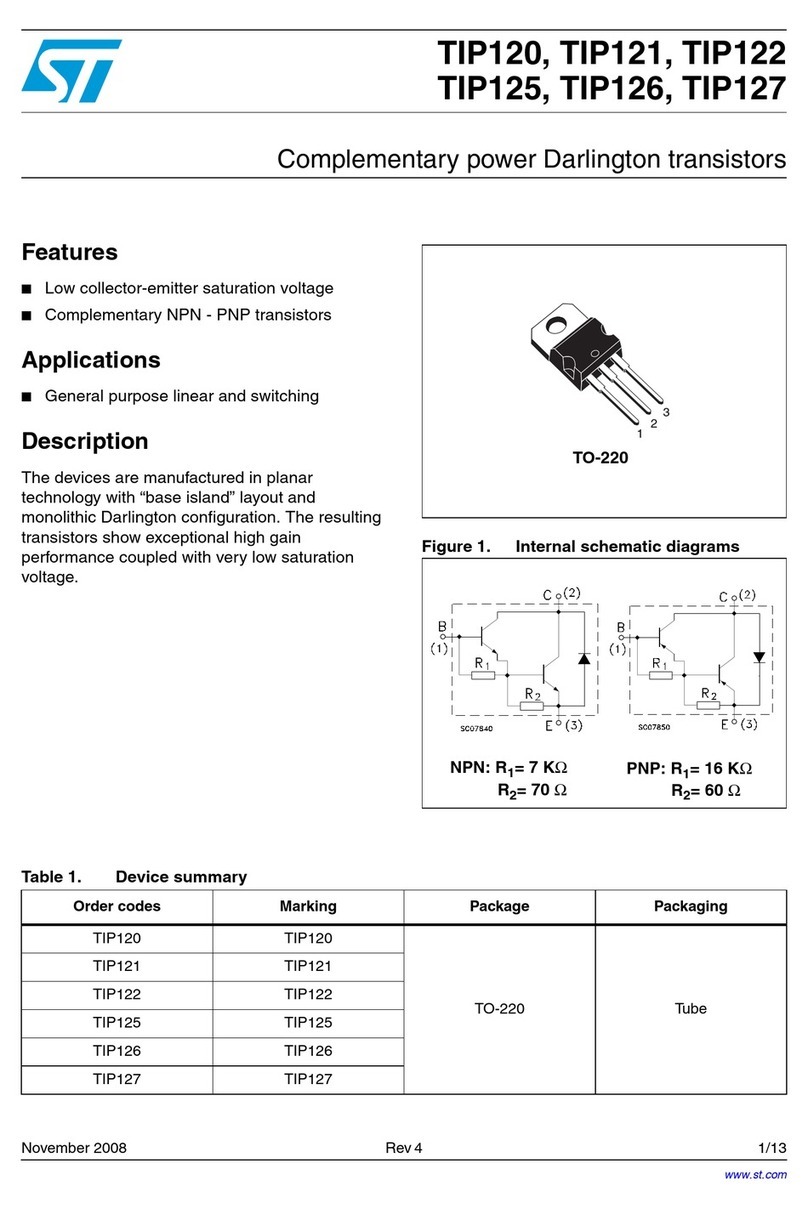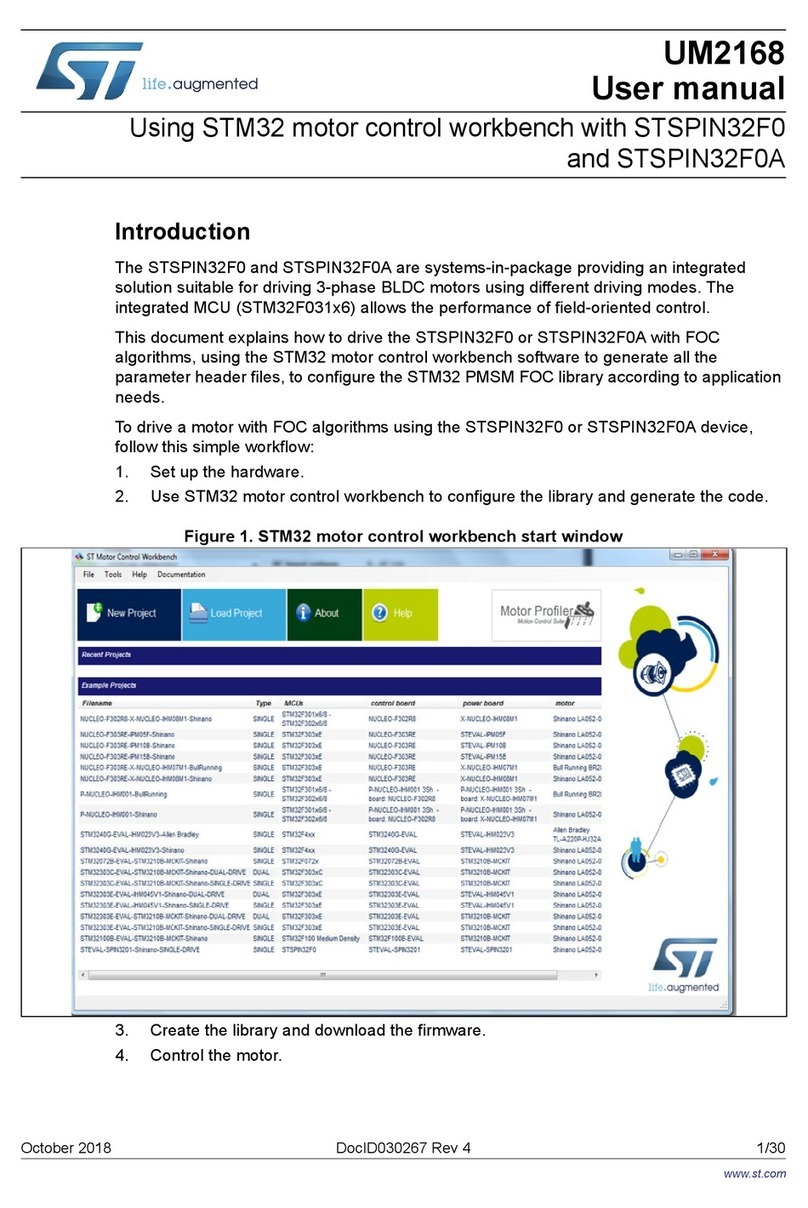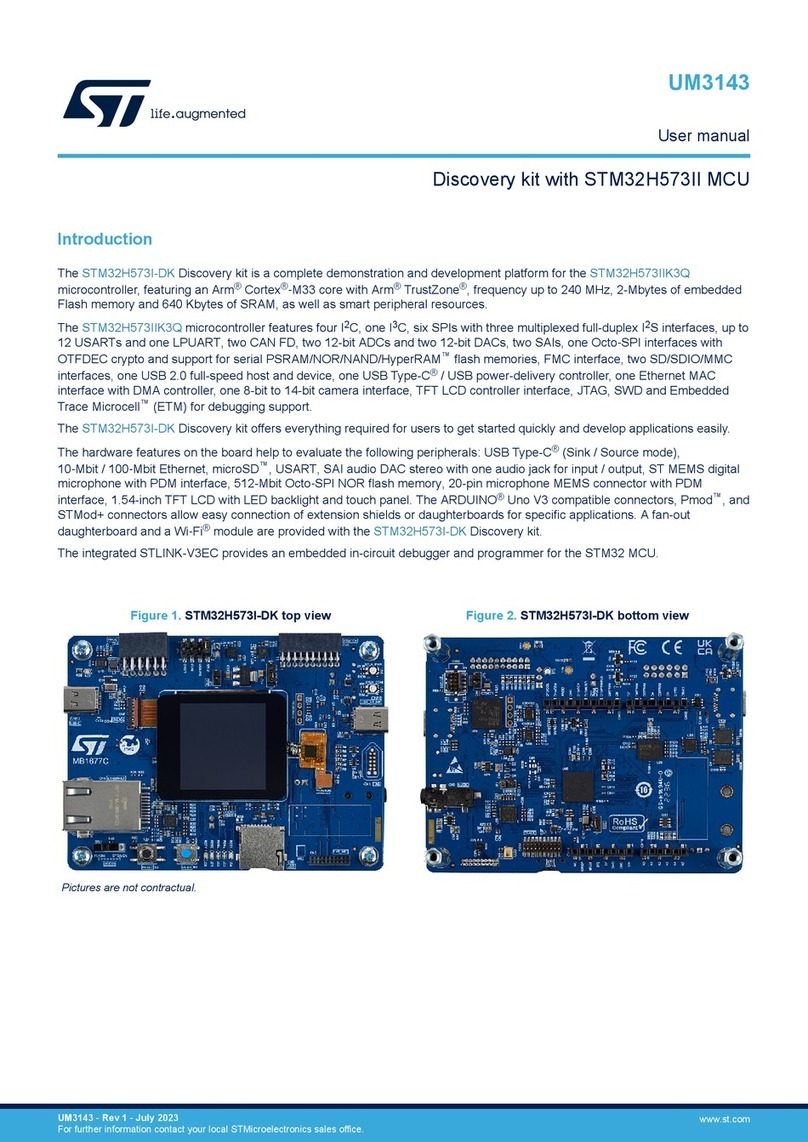ST X-NUCLEO-IHM08M1 User manual
Other ST Computer Hardware manuals

ST
ST X-NUCLEO-OUT17A1 User manual
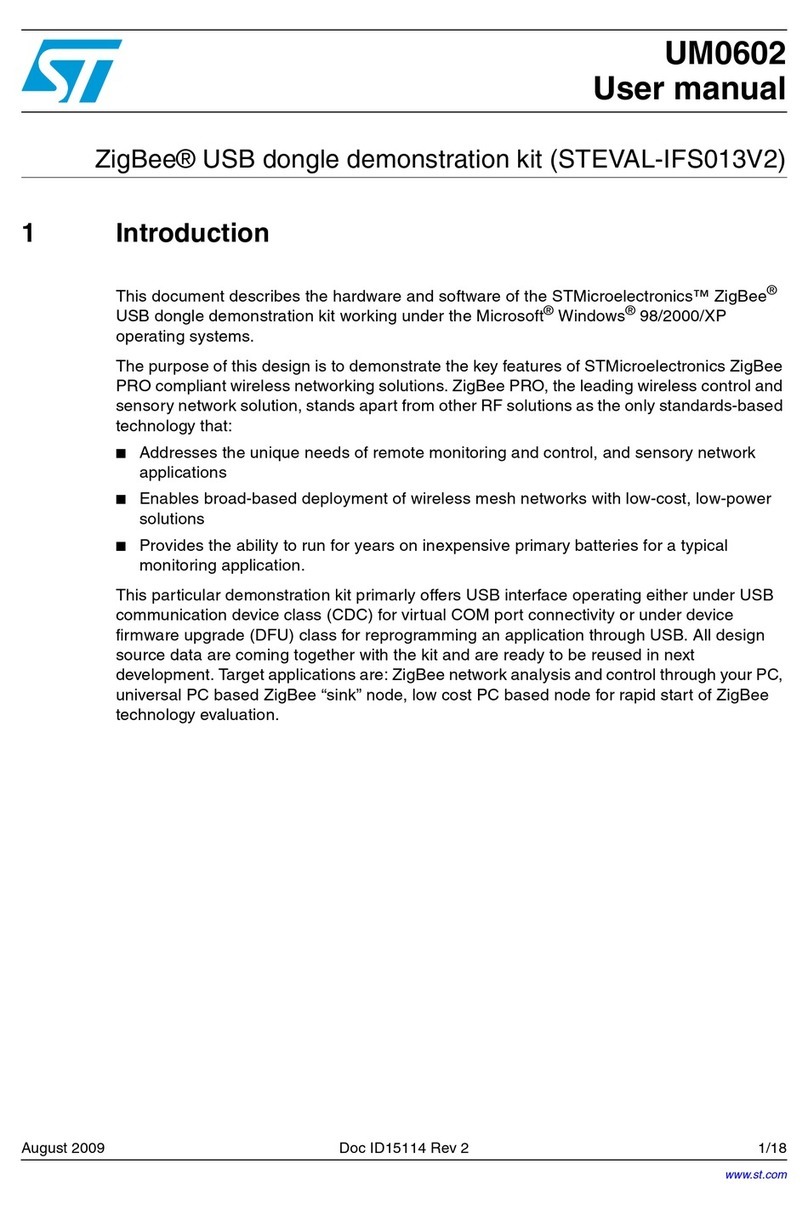
ST
ST STEVAL-IFS013V2 User manual
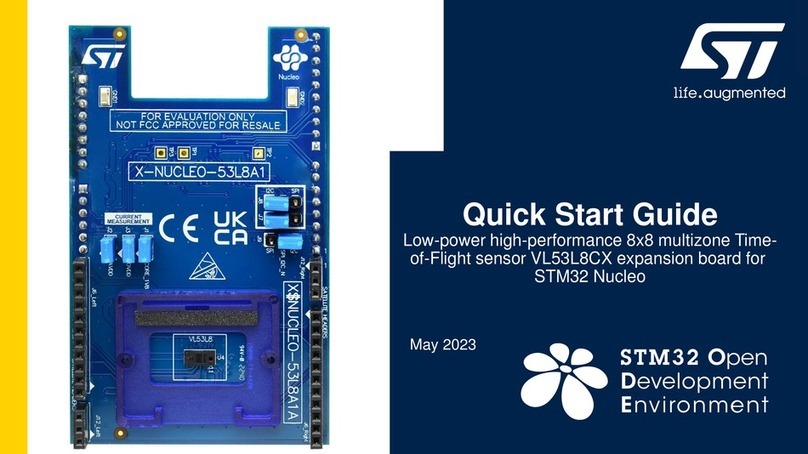
ST
ST X-NUCLEO-53L8A1 User manual
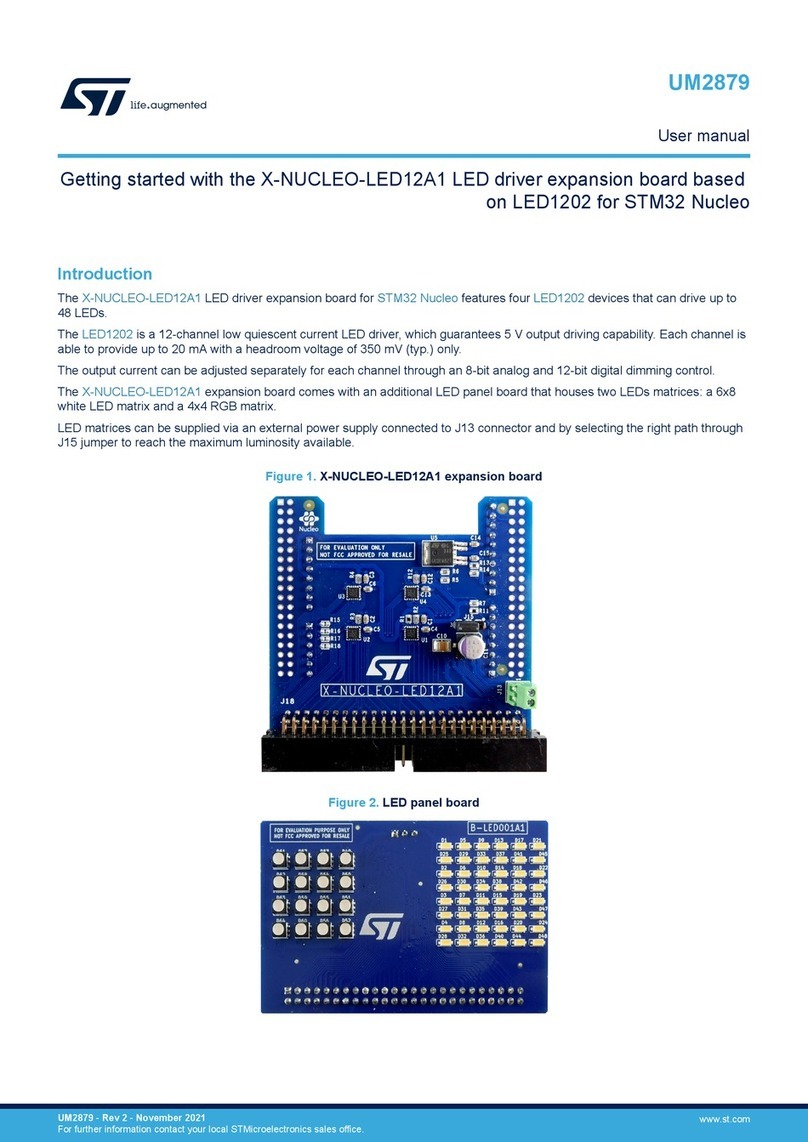
ST
ST X-NUCLEO-LED12A1 User manual

ST
ST MotionTL User manual
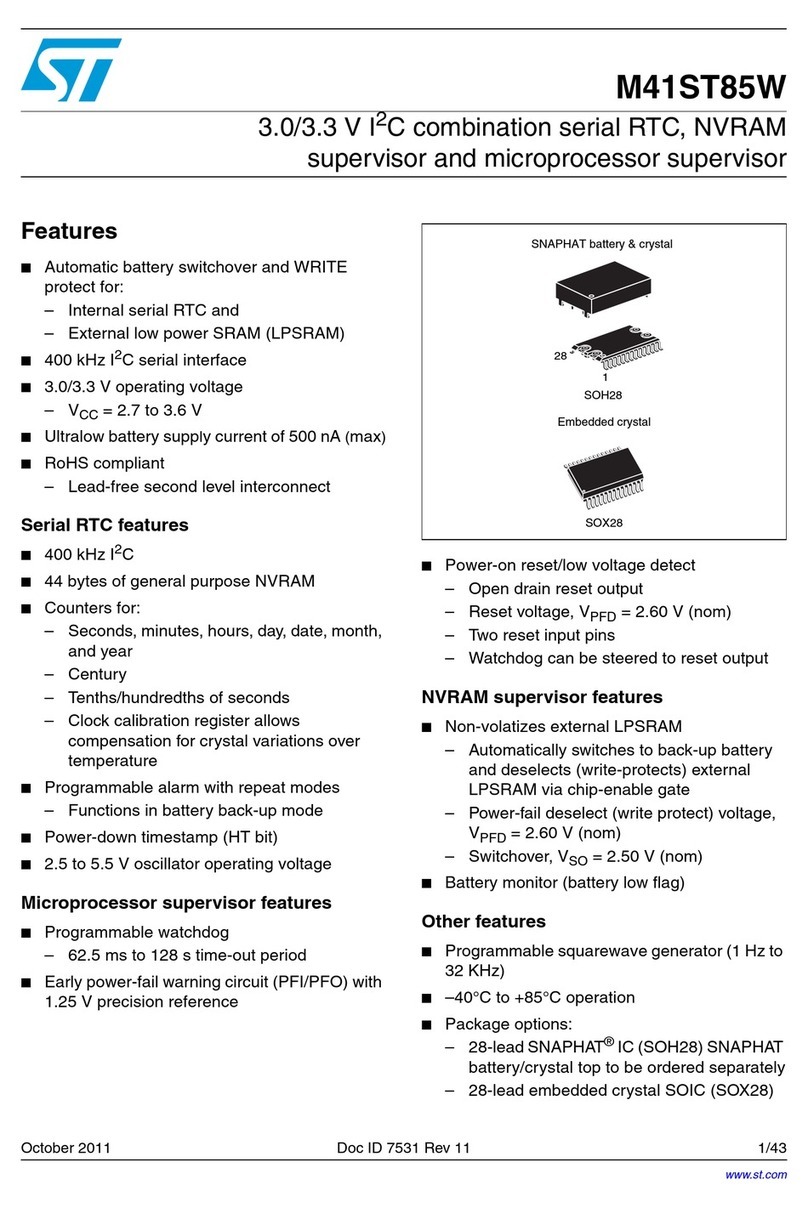
ST
ST M41ST85W User manual
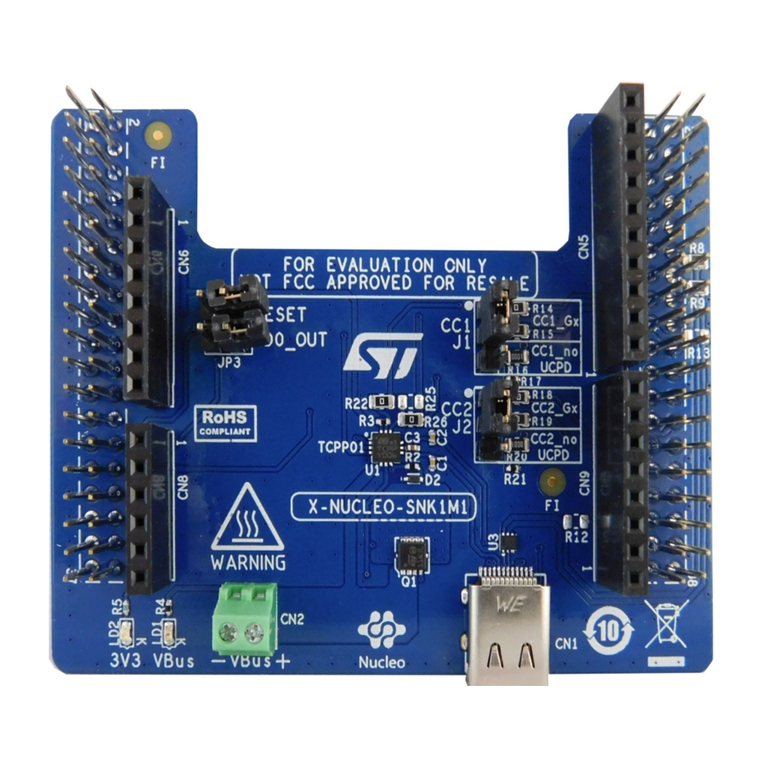
ST
ST X-NUCLEO-SNK1M1 User manual
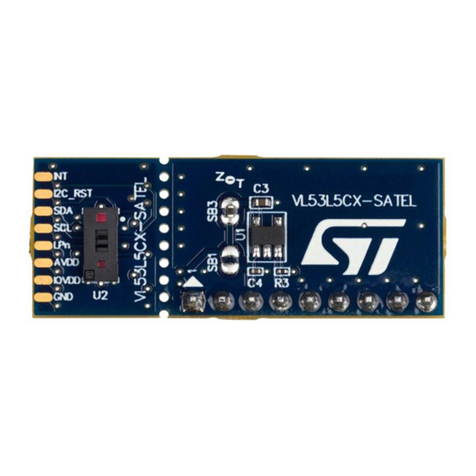
ST
ST AN5717 Installation and operating instructions
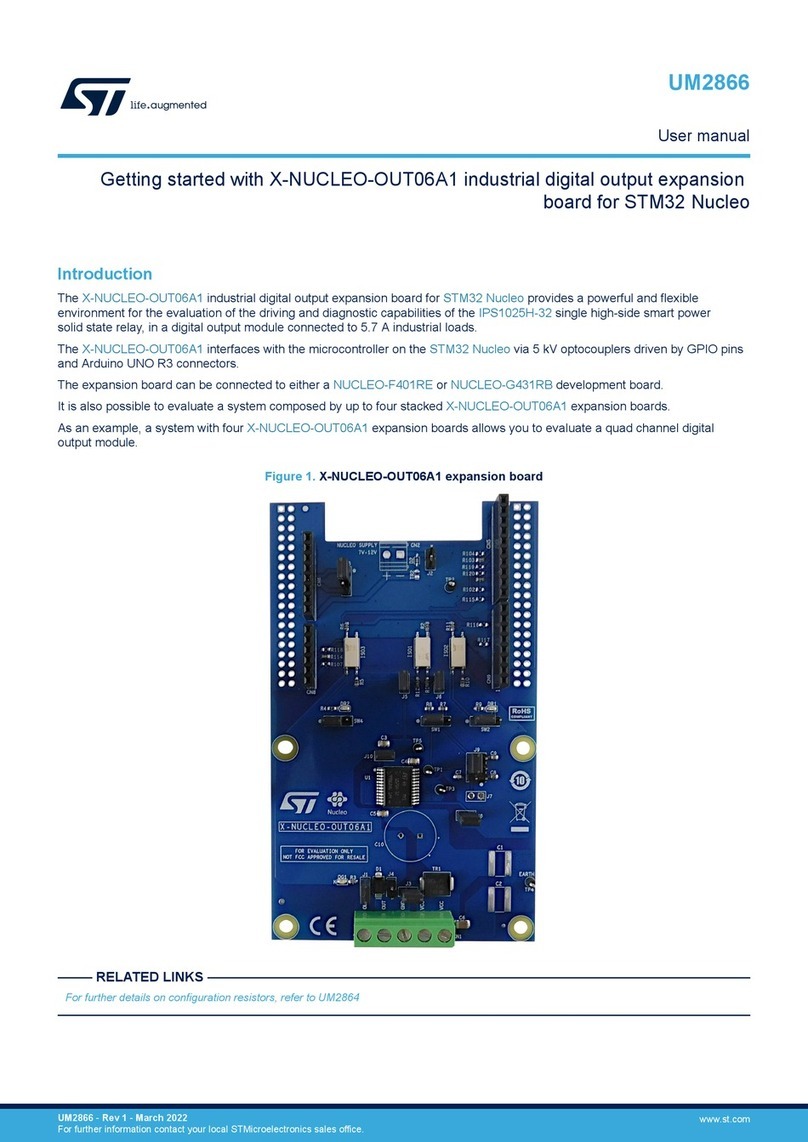
ST
ST X-NUCLEO-OUT06A1 User manual

ST
ST X-NUCLEO-NFC02A1 User manual
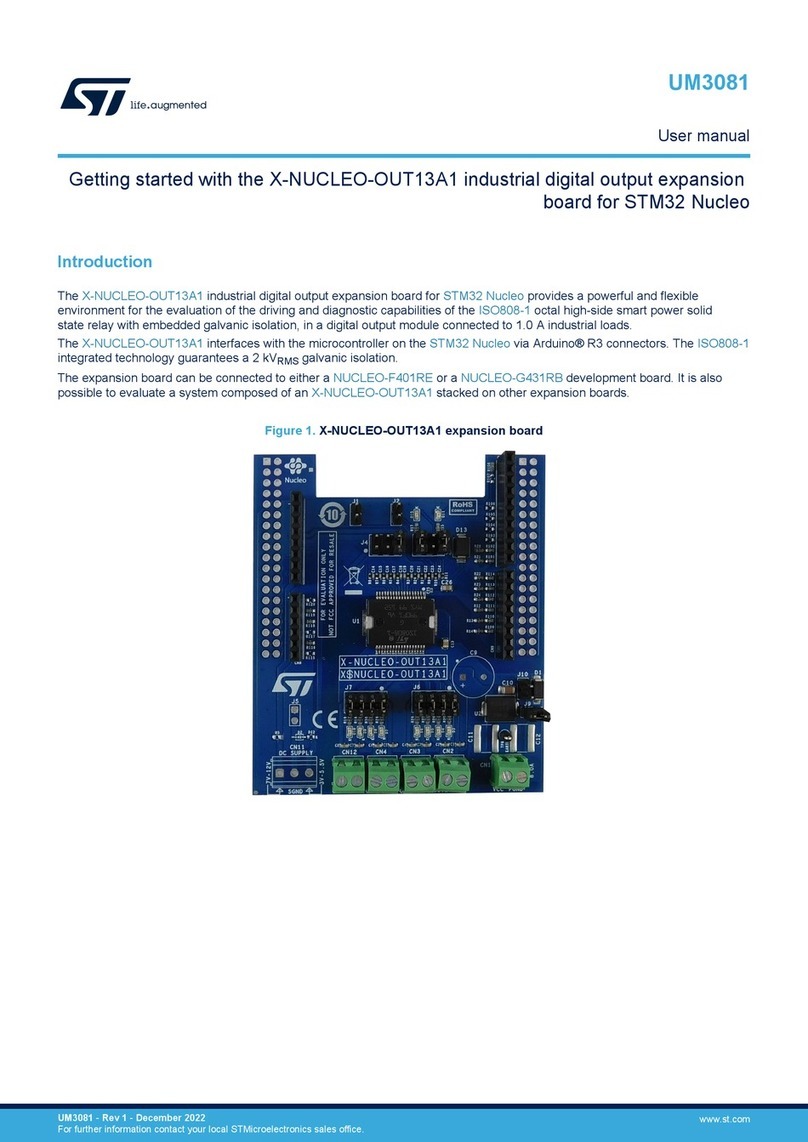
ST
ST X-NUCLEO-OUT13A1 User manual
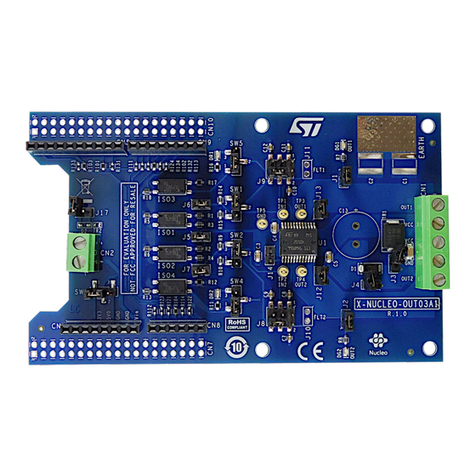
ST
ST UM2727 User manual
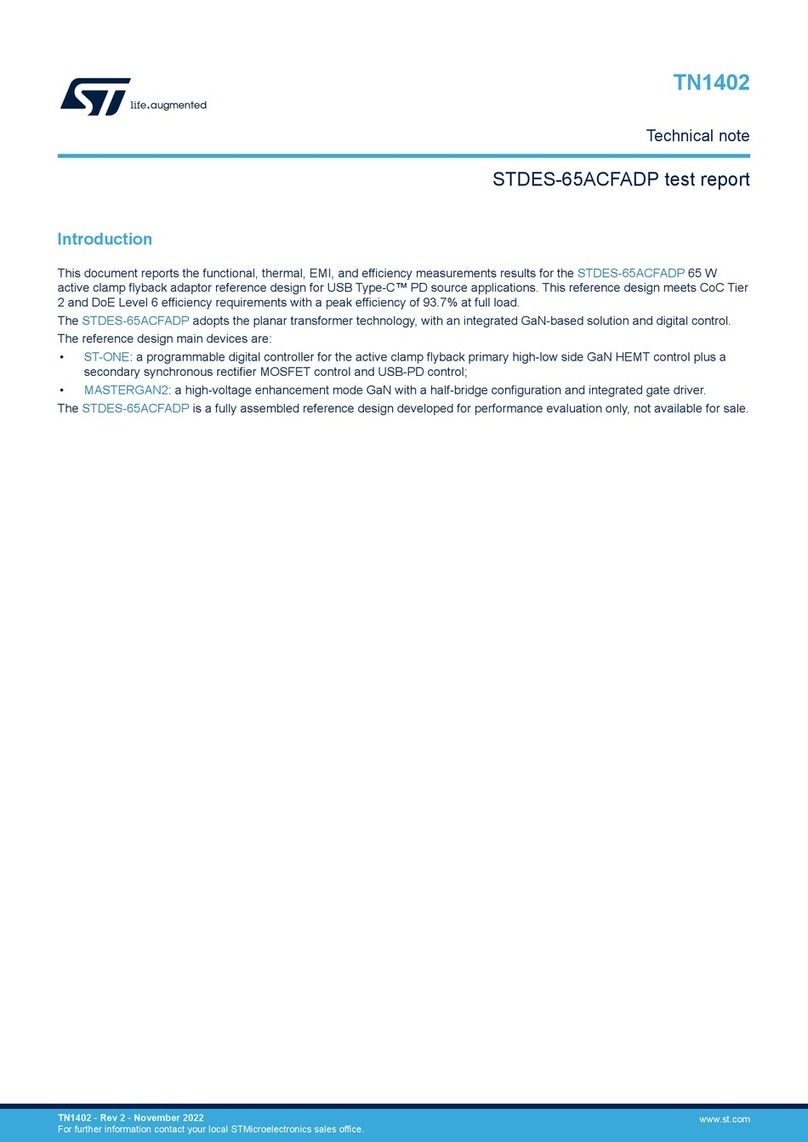
ST
ST STDES-65ACFADP Specification sheet

ST
ST STEVAL-IFP042V1 User manual

ST
ST X-NUCLEO-OUT16A1 User manual
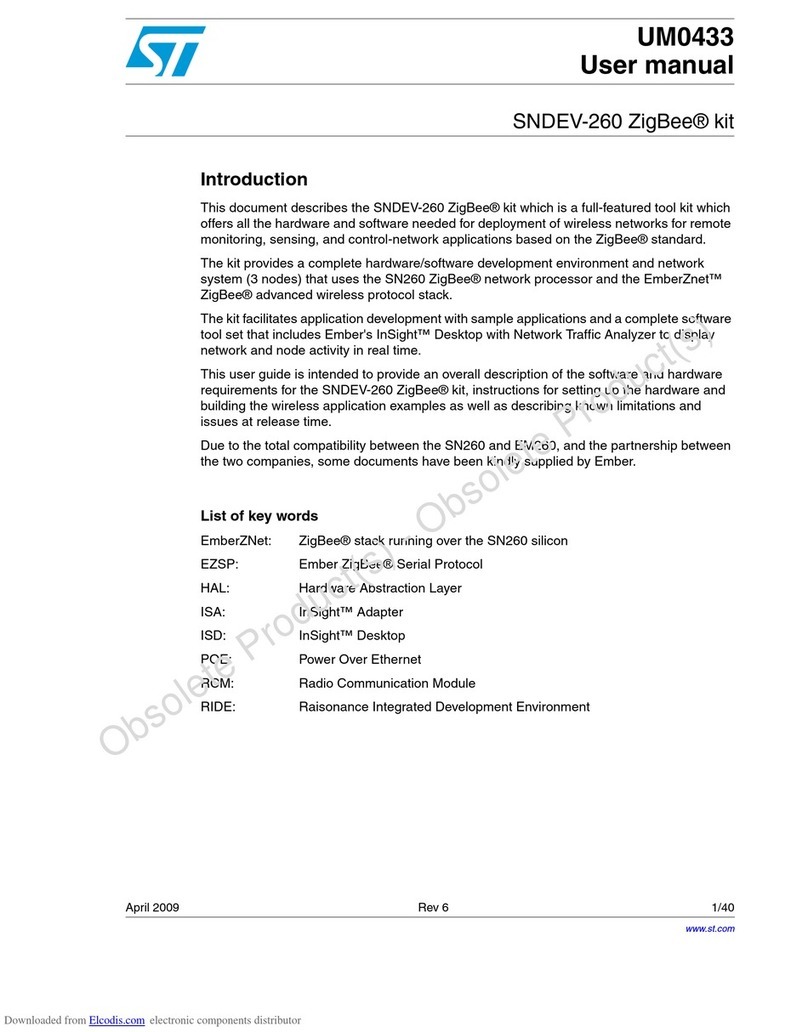
ST
ST ZigBee SNDEV-260 User manual
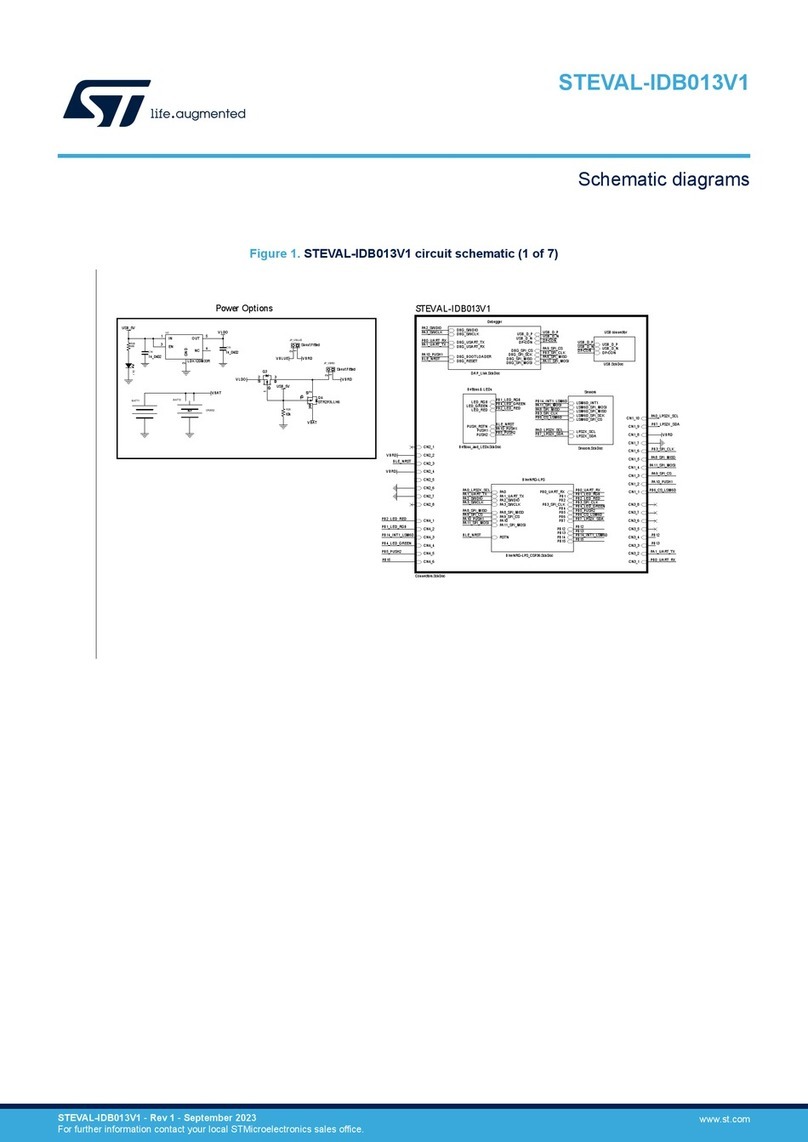
ST
ST STEVAL-IDB013V1 Administrator Guide
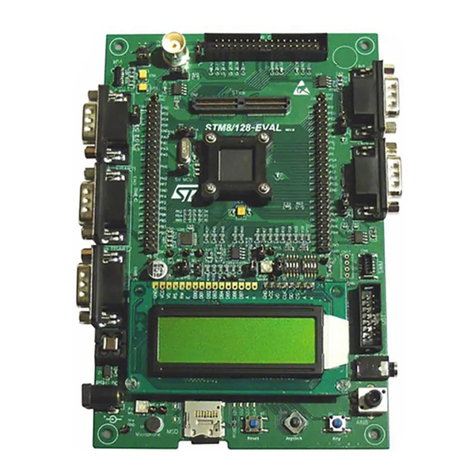
ST
ST UM0501 User manual
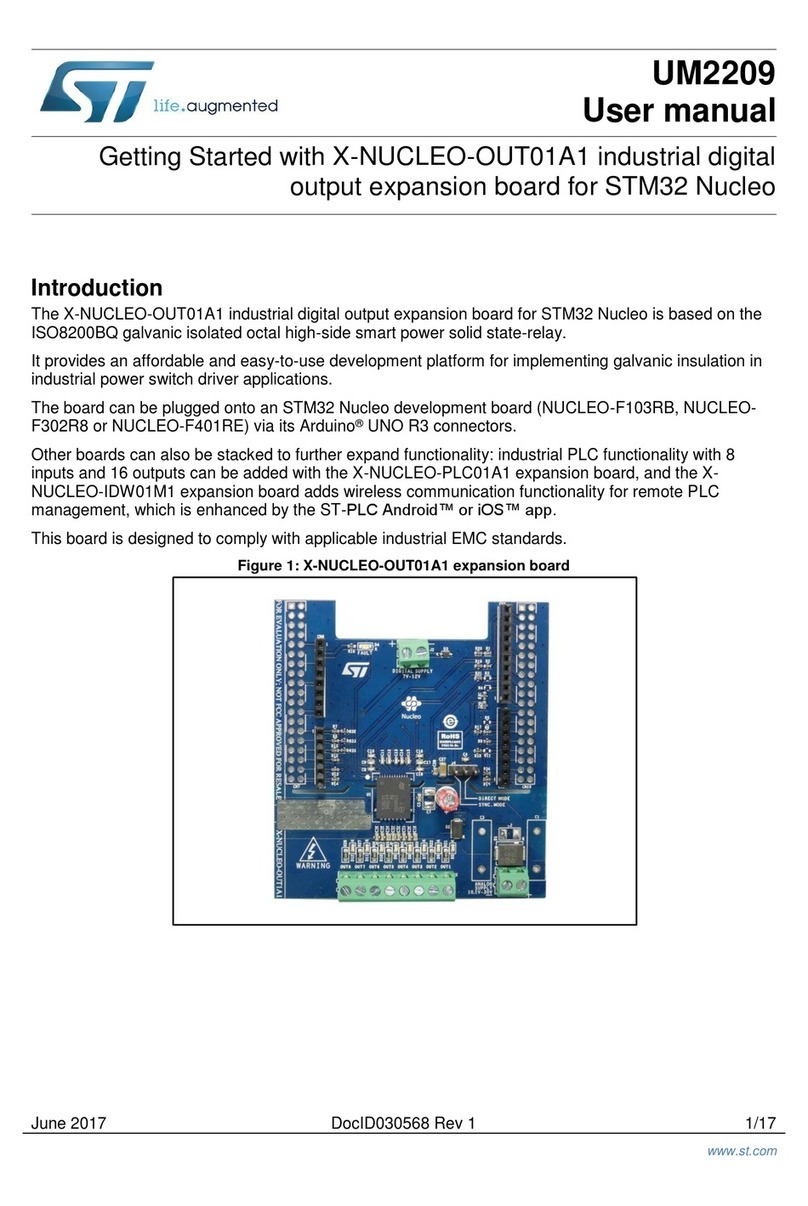
ST
ST X-NUCLEO-OUT01A1 User manual
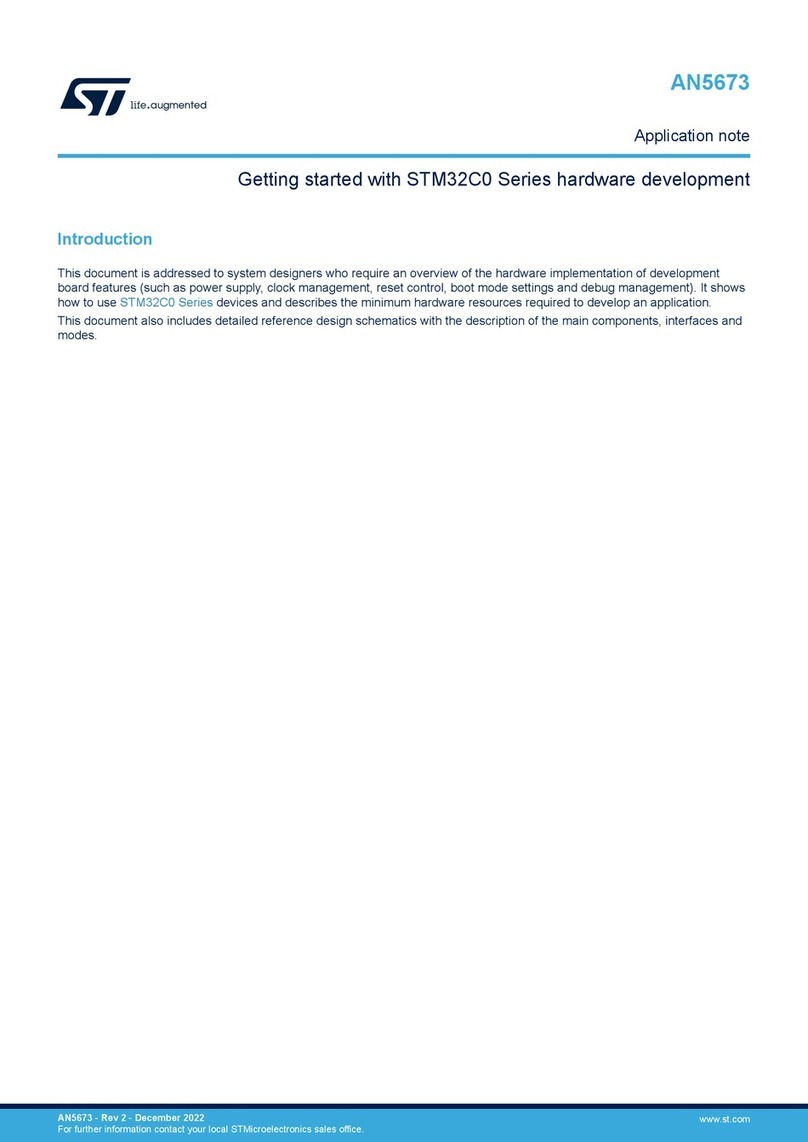
ST
ST STM32C0 Series User manual
Popular Computer Hardware manuals by other brands

EMC2
EMC2 VNX Series Hardware Information Guide

Panasonic
Panasonic DV0PM20105 Operation manual

Mitsubishi Electric
Mitsubishi Electric Q81BD-J61BT11 user manual

Gigabyte
Gigabyte B660M DS3H AX DDR4 user manual

Raidon
Raidon iT2300 Quick installation guide

National Instruments
National Instruments PXI-8186 user manual

Intel
Intel AXXRMFBU4 Quick installation user's guide

Kontron
Kontron DIMM-PC/MD product manual

STEINWAY LYNGDORF
STEINWAY LYNGDORF SP-1 installation manual

Advantech
Advantech ASMB-935 Series user manual

Jupiter
Jupiter RAM PACK instructions
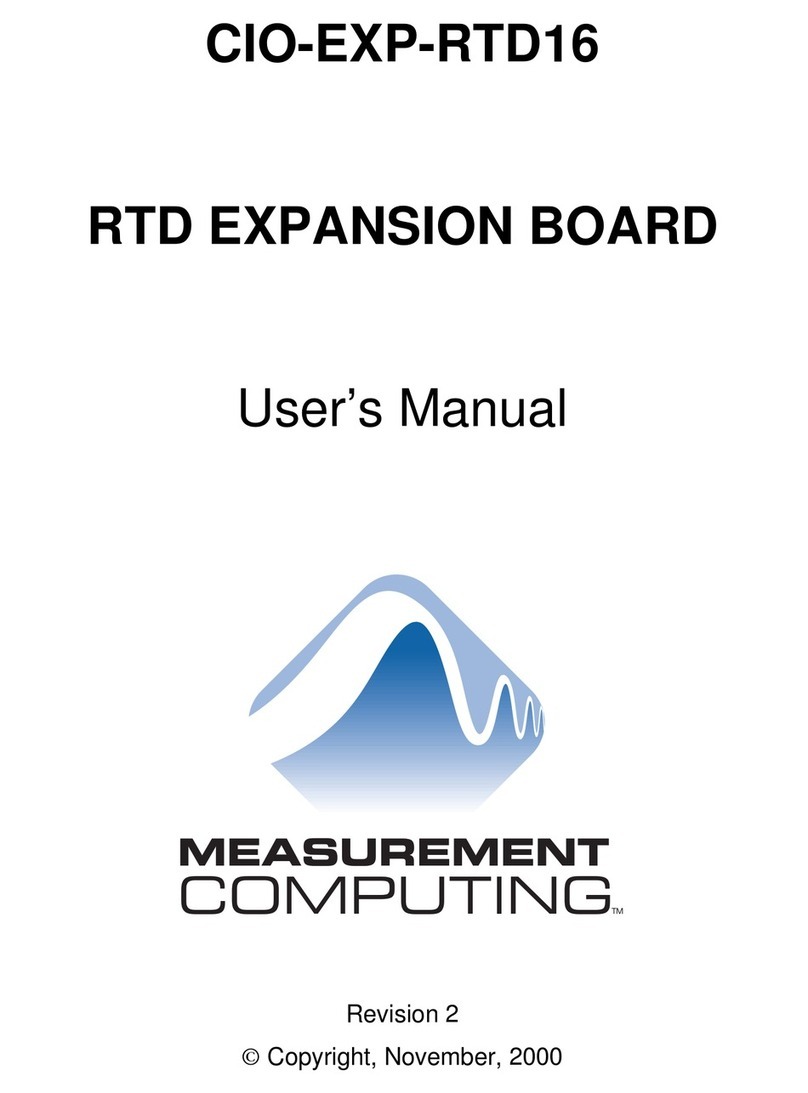
Measurement Computing
Measurement Computing CIO-EXP-RTD16 user manual

